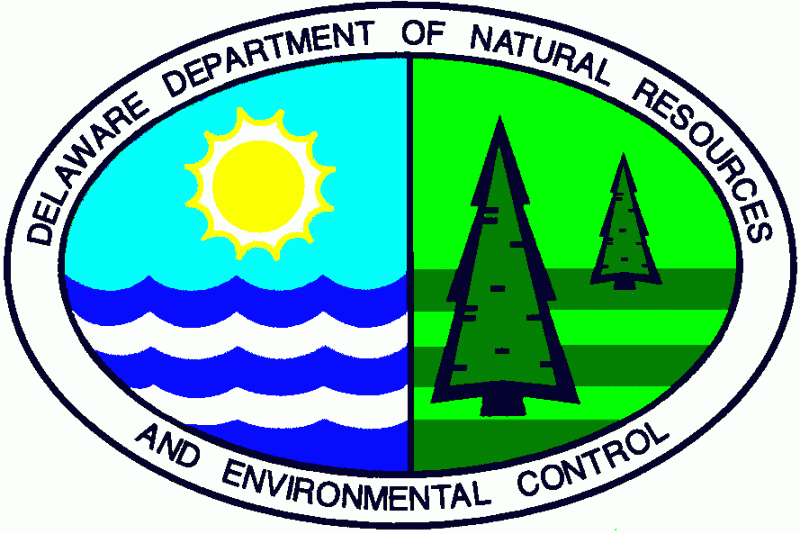Mid-winter Waterfowl Survey Finds Duck, Snow Goose Numbers Up, Canada Goose Numbers Down in Delaware
Delaware Department of Natural Resources and Environmental Control 02.21.13

The number of ducks wintering in Delaware is up slightly, while the Canada goose population remains lower than average, according to the results of DNREC’s recently-completed annual mid-winter waterfowl survey, the Division of Fish and Wildlife announced today.
For the 2013 survey, DNREC Waterfowl Biologist Matt DiBona observed a total of 33,931 ducks and 34,245 Canada geese. “Our duck numbers were up a bit from the 2012 mid-winter waterfowl survey, which coincided with a relatively poor hunting season for 2011-2012. However, our goose numbers have remained lower these past couple of years,” DiBona said. “On average we should be seeing 45-50,000 Canada geese here in Delaware. I think the recent mild winters in the East have kept some of these birds further north. And I think these trends are reflected in our waterfowl harvest.”
More than 17 species of ducks were observed during the survey. Mallard and black ducks, which typically migrate later in the fall and winter, were the most numerous species. Northern pintails, American wigeon and northern shovelers also were spotted throughout marshes along the Bayshore.
Meanwhile, snow goose numbers remain high, with nearly 125,000 tallied during the two-day survey. Delaware, along with Maryland and New Jersey, is a favored wintering area for greater snow geese. The snow goose population has grown so large in recent years that waterfowl managers are now trying to decrease their numbers to prevent further damage to breeding grounds and wetlands, and to agricultural crops on the wintering grounds. A Snow Goose Conservation Order, which allows special hunting options with fewer restrictions, is open in Delaware now through April 13 to encourage hunters to harvest as many snow geese as possible.
The mid-winter survey area in Delaware includes northern Delaware, which often holds large numbers of Canada geese; the Delaware Bayshore, which includes two national wildlife refuges, several state wildlife areas and other protected areas; and the Inland Bays, where seaducks and brant are often observed.
“I think the mid-winter survey is a great tool for waterfowl managers to see what’s going on in their state, and where species are concentrated,” DiBona said. “But like any data, it may not tell the whole story. Weather, tide and time of day can all influence the amount of waterfowl we see, producing changes on a daily basis. However, by looking at the data for trends through time, the survey can provide a lot of insight into how numbers of waterfowl and their distribution across the flyway may be changing.”
The mid-winter waterfowl survey is typically flown the first week in January by all participating Atlantic Flyway states and provides an index of the relative abundance and distribution of waterfowl during the winter. Conducted annually since 1935, the survey is particularly important for tracking the population status of Arctic nesting species of waterfowl, such as Atlantic brant and tundra swans.
Results of the Atlantic Flyway Mid-Winter Survey are currently being compiled by the U.S. Fish and Wildlife Service and are expected to be finalized in March.
For Delaware’s survey data, click waterfowl survey.

